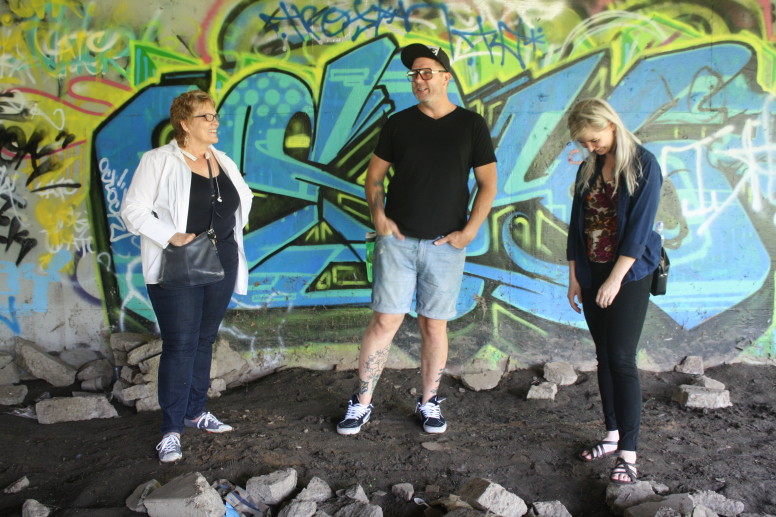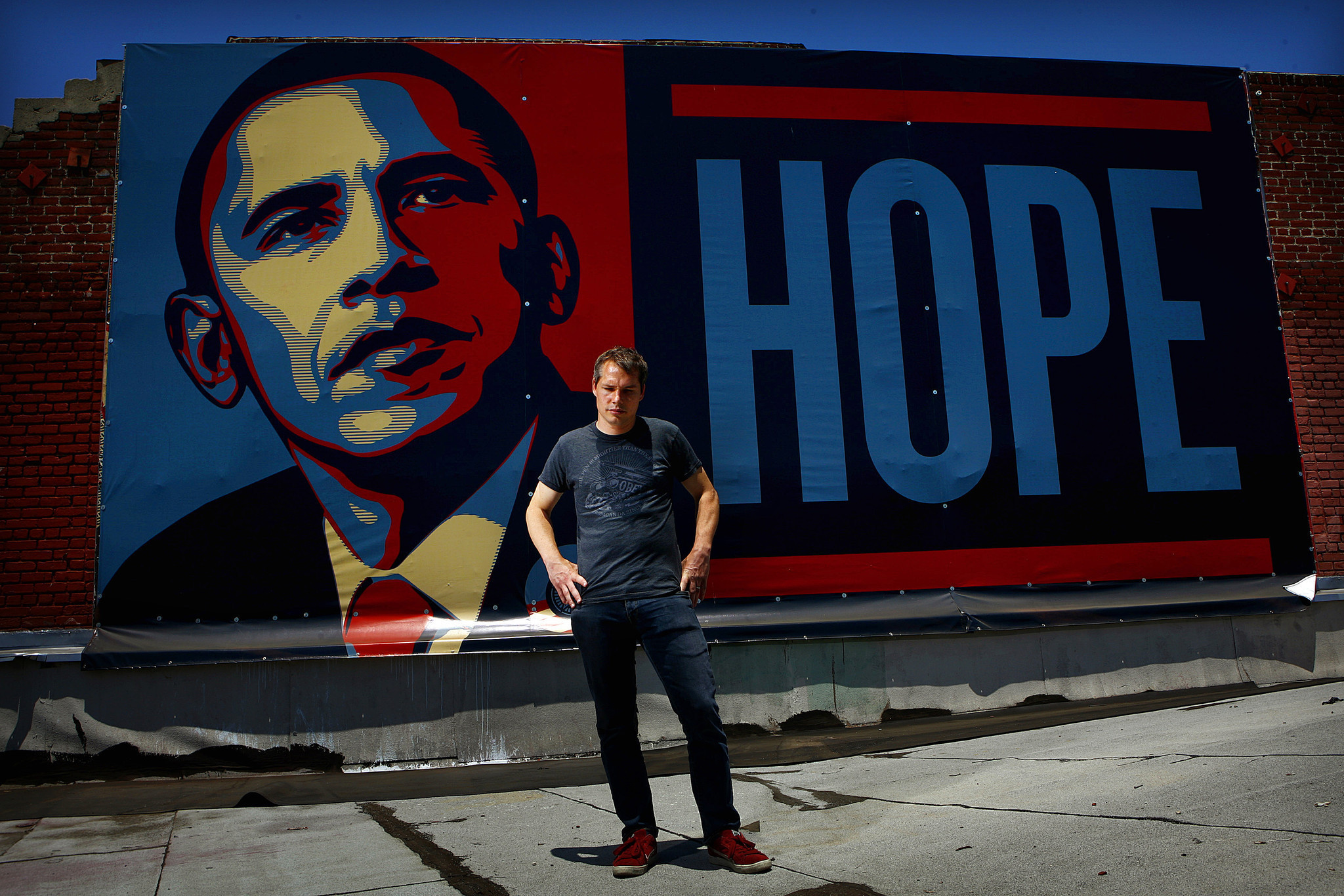
There has recently been discussion in the local San Diego area regarding the opening of an art park and program where artistically talented individuals would be legally able to display their art. The space for this park would be at an underpass beneath the 163 Highway. The proposal was made by Linda Sheridon, the CEO of San Diego Cultural Arts Alliance, a non-profit organization “founded to help kids caught doing graffiti find legal ways to express themselves through art” (voiceofsandiego.org). Sheridon is especially committed to the concept of legal graffiti as it is hard to miss her driving a graffiti covered Subaru Forrester around the city. She felt that her statement piece ride would increase her credibility for working on the project.
An art park by the name of Writerz Block already exists in southeastern San Diego about four miles east of downtown. According to the Writerz Block website, the group wishes to nurture “a vibrant street art culture leading the way as a group of artists builds their skills and shares their talent… while at the same time raising awareness and respect for graffiti as the art form it truly is” (writerzblock.com). The group is also the one responsible for Sheridon’s car’s paint job.
Sheridon is now expanding her efforts to the 163 underpass where she envisions the potential for another art park where graffiti would be legal and encouraged as a way of artistic expression. The underpass is already tagged with graffiti anyway, so “allowing them to do it in a more structured way could actually prevent the kind of hastened, careless tagging that costs thousands to clean up and often reappears soon after it’s wiped away”. Sheridon wants to focus directly on the place where taggers are painting their graffiti and address the issue at its source.
Preventing juvenile graffiti behavior seems a much more valuable than does routinely cleaning up the illegal art—an effort costing San Diego $16 million a year. Sheridon met with graffiti artists, San Diego Police Department Street Gang Unit, representatives from the county juvenile probation department, and members of the juvenile division of the district attorney’s office to introduce the idea of a diversion program for those with artistic abilities who have not already been caught or arrested for tagging.
This diversion program would house an artistic related curriculum that will encompass museum trips, meeting with professional artists, art history courses, and education about the costs of graffiti to communities and instruction on how to paint an outdoor mural. Taggers typically do not cover street art or murals, so placing the art park in an area taggers find popular is an effective diversion tactic in and of itself.
“Since 2009, there’s been a dramatic drop in recidivism so there are fewer juveniles under probation supervision, said a county spokesperson.” According to the county, the significant decrease in numbers illustrates how effective diversion programs have been in the San Diego area. It seems that more and more communities are subsidizing artistic spaces as a tactic to deter future illegal street art related activities. I find this both a good effort and a problematic one. The good is statistically clear on paper as rates of street art related crime have decreased, but is legalized street art as powerful outside of the antagonizing randomness of the originally illegal art form?
Personally, I find that tagging itself should probably not be considered a form of art, but not all graffiti is for tagging. Larger scale, mural-like graffiti encompasses an interventionist ideal of addressing and responding to social issues. Art parks and programs respond to the issue of illegal street art itself—not the issues that are brought attention by illegal street art. Just as it says in the name, it is a diversion to reduce instances of tagging graffiti, and larger scale artworks are unfortunately sometimes clumped into that group.
George C. Stowers writes that “that based on aesthetic criteria, graffiti has to be considered an art form. He makes a distinction between simple tags and more complicated pieces, stating that tags have little aesthetic appeal and probably should not be considered art. However, larger pieces require planning and imagination and contain artistic elements like color and composition.” The creation of this kind of graffiti certainly hold artistic intentions, and the message behind them gives them even more aesthetic value.
It is unfortunate that it takes recognition by the art world, inclusion in galleries and auctions, or legality for graffiti to be legitimized as “real art”. Though efforts like Sheridon’s art park and programs that reduce gang-related juvenile tagging are commendable, it devalues the ability of street art to bring public attention to important social issues.







